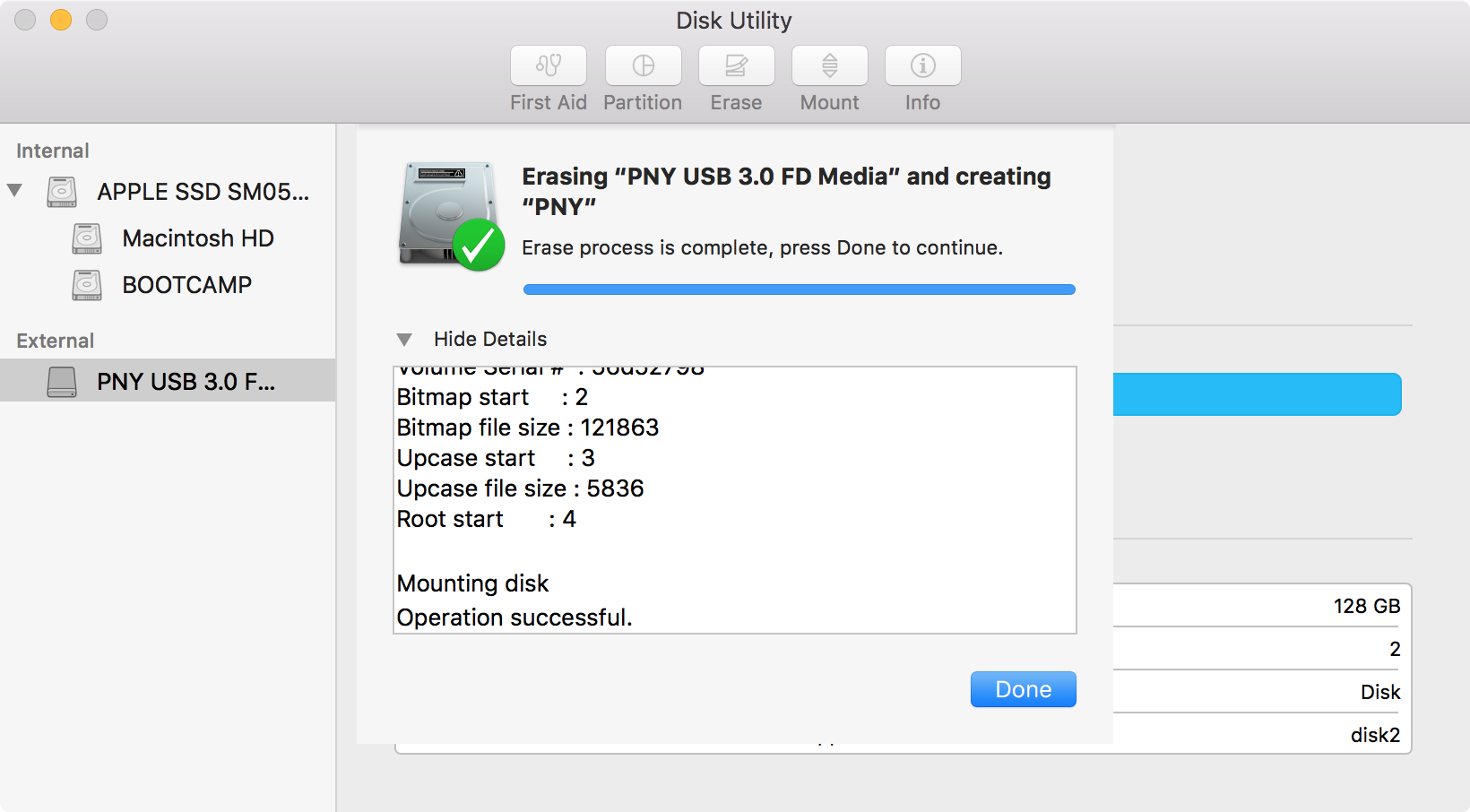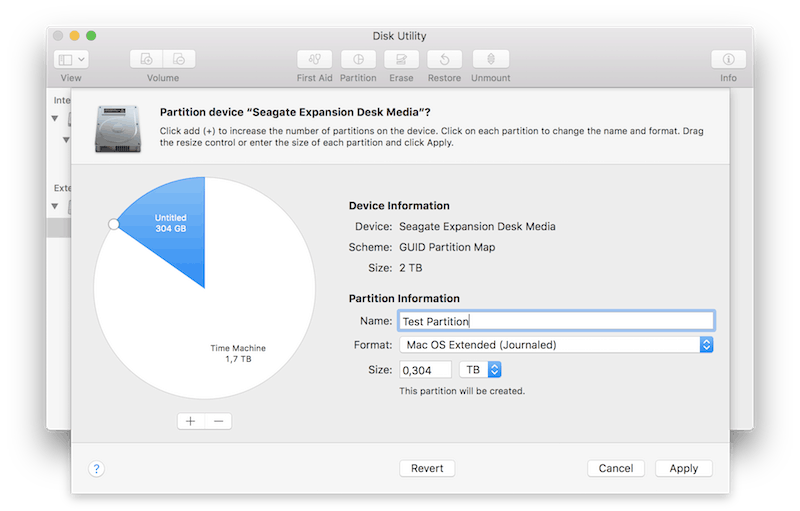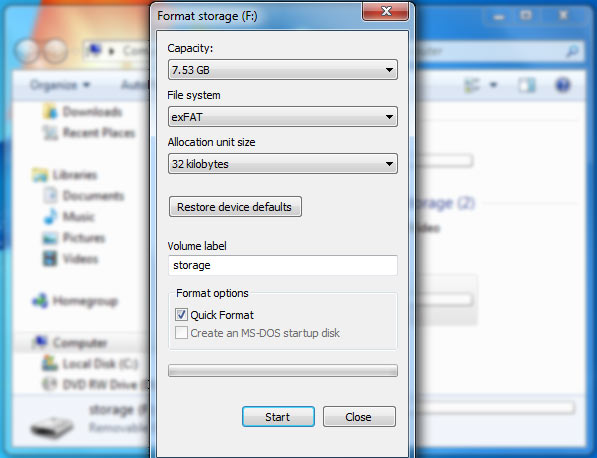

Free download, install, and launch iBoysoft NTFS for Mac on your computer. Now, it also supports macOS Ventura to High Sierra, Mac with M1, M1 Pro, M1 Max and M2 chips.

Even if the external hard drive is read-only on Mac, this iBoysoft tool enables you to write to NTFS drives on the Mac with ease. Under such a circumstance, a professional NTFS driver for Mac like iBoysoft NTFS for Mac is exactly what you need. Because you can read NTFS drive on Mac only and you can't write to this drive normally in this case. However, the NTFS format can be a hassle for users who need to use the same external hard drive on both Mac and Windows.

This is because Windows is the most commonly used around the world. Usually, most hard drive manufacturers use the NTFS(New Technology File System) to format their external HDD as a factory standard, including many famous brands such as Seagate Backup Plus Ultra Touch and WD My Passport. This method suits you most if you just want to use it occasionally on different OS or don't want to lose all the files caused by formatting drive for Mac and PC. If you need to use an external hard drive on Mac that is not completely compatible with your computer OS and you have the urge to format hard drive for Mac and PC, you should know there is a more feasible way to make your external hard drives compatible with your Mac and PC. I'm not sure if the above commands are all identical on older OSs (XP).How to make an external hard drive compatible with Mac and PC without formatting If you've got a USB disk larger than 2 terabytes, however, you'll want to use convert gpt instead. Converts the disk to MBR format, which will work just fine for most disks. Sets the device status to online if it's been disabled. You can see the current attributes with attributes disk or detail disk. This command will unset the read-only flag on the disk. As above, this will destroy the data on the disk (or, rather, your ability to access it). In some cases you might need to re-initialize the disk. That will take a very long time and usually isn't necessary, but may help uncover physical damage to the disk. If you're still having problems with the disk after trying this, you might try omitting the quick from step 9 to do a full format. I recommend using exFAT instead, which is essentially a newer version of the same format.) You can choose NTFS or exFAT instead of FAT32 if you want. Marks the partition as potentially bootable. No size is needed if you want to use the whole disk Any data on the disk will no longer be accessible.) clean (Warning: This command erases the disk's partition information.Confirm that you're using the right disk with detail disk. select disk n where n is the number of the disk. Find the disk that corresponds to your USB disk.Assuming Vista or 7 (this should work on XP, 8, 8.1, and 10, as well) and that the disk is not showing up under My Computer at all:


 0 kommentar(er)
0 kommentar(er)
